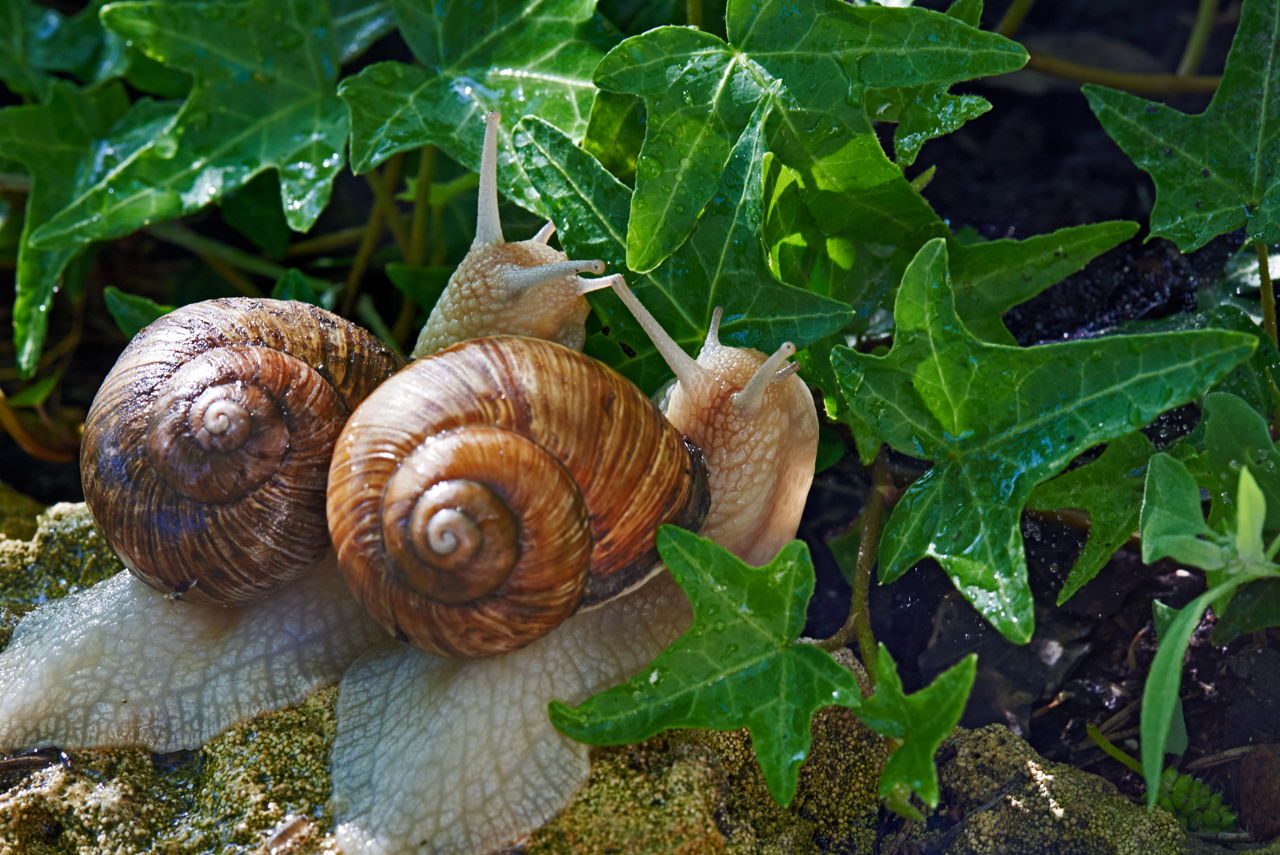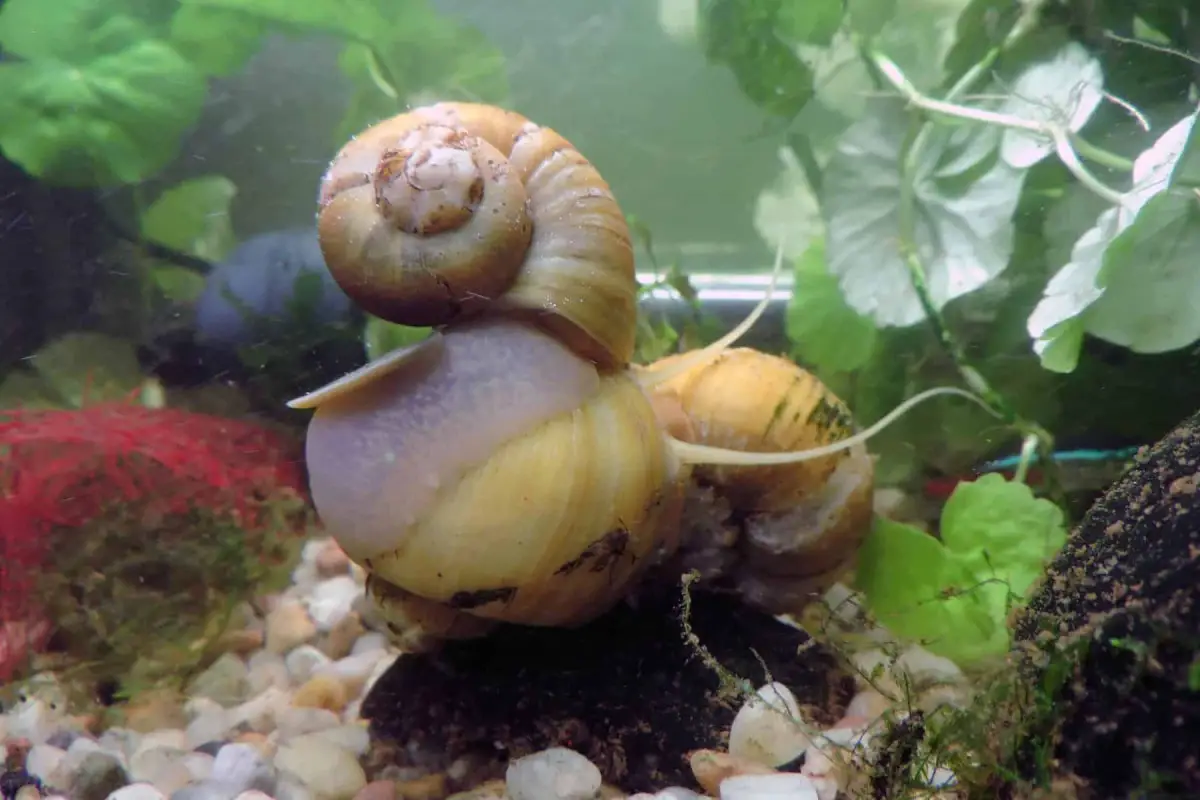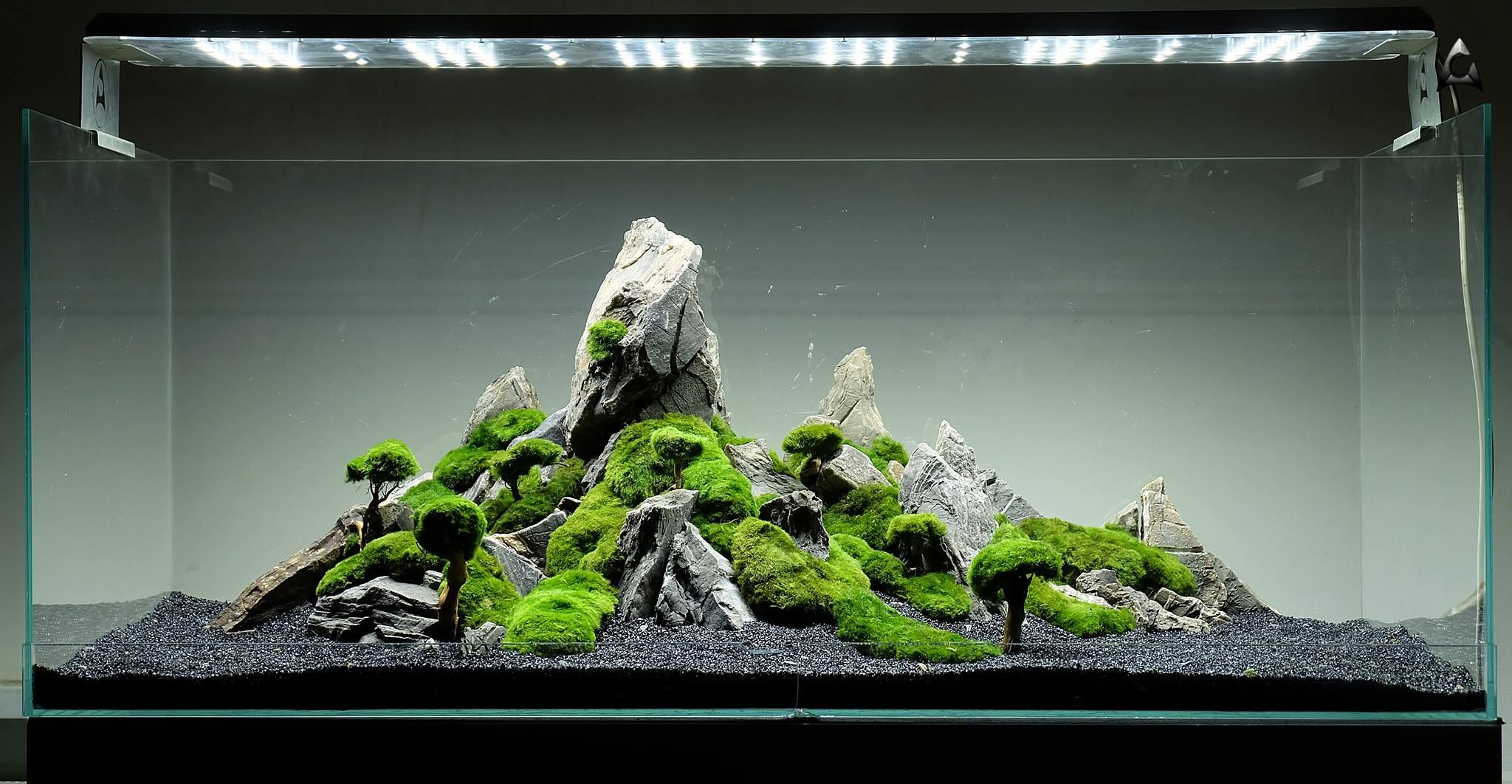Mystery snails, known scientifically as Pomacea bridgesii, are a popular addition to freshwater aquariums due to their vibrant and diverse coloration. These fascinating creatures not only add visual appeal but also contribute to the ecosystem of your aquarium. In this guide, we will delve into the various colors of mystery snails, providing a comprehensive overview of their beauty and characteristics.
Understanding Mystery Snail Colors
Genetic Basis of Color Variations
Mystery snail colors are the result of genetic variations that influence the pigmentation of their shells and bodies. The primary pigments responsible for their coloration are carotenoids and melanins. Carotenoids provide yellow, orange, and red hues, while melanins contribute to darker shades like black and brown.
Common Colors of Mystery Snails
The most common colors of mystery snails include:
- Gold: Bright and eye-catching, gold mystery snails are among the most popular choices for aquarists.
- Blue: Blue mystery snails have a soft, pastel blue shell that adds a unique touch to any aquarium.
- Ivory: These snails have a creamy white shell, offering a delicate and elegant appearance.
- Black: Black mystery snails have a deep, rich coloration that contrasts beautifully with lighter substrates.
- Jade: Jade mystery snails showcase a greenish hue, reminiscent of the precious stone.
Rare and Unique Color Morphs
In addition to the common colors, there are several rare and unique morphs that are highly sought after by collectors. These include:
- Purple: A rare and striking color, purple mystery snails are a true gem in the aquarium world.
- Magenta: Magenta snails display a vibrant pinkish-red hue, adding a splash of color to any tank.
- Chestnut: These snails have a warm, reddish-brown shell, offering a natural and earthy look.
Care and Maintenance of Mystery Snails

Ideal Habitat Conditions
Creating an optimal environment for mystery snails involves maintaining specific water parameters and ensuring a suitable habitat. Key factors include:
- Water Temperature: Mystery snails thrive in water temperatures between 68-82°F (20-28°C).
- pH Levels: A pH range of 7.0-8.0 is ideal for maintaining healthy mystery snails.
- Hardness: Moderate to high water hardness (8-18 dGH) helps in maintaining their shells.
Feeding and Nutrition
Mystery snails are primarily herbivorous and require a diet rich in plant matter. Providing a balanced diet ensures their vibrant colors remain pronounced. Key dietary components include:
- Vegetables: Blanched spinach, zucchini, and lettuce are excellent food sources.
- Algae Wafers: These provide essential nutrients and are readily accepted by mystery snails.
- Calcium Supplements: Essential for shell health, calcium can be provided through cuttlebone or specialized snail food.
Breeding Mystery Snails

Identifying Gender
Distinguishing between male and female mystery snails is crucial for successful breeding. Males have a slightly larger, more pronounced shell opening compared to females. Observing their behavior can also provide clues, as males often display mating behaviors such as climbing onto the female’s shell.
Breeding Process
The breeding process of mystery snails involves several stages:
- Mating: The male mounts the female and fertilizes her eggs.
- Egg Laying: Females lay egg clusters above the waterline, which hatch in 2-4 weeks.
- Caring for Hatchlings: Once hatched, the tiny snails require a safe environment with abundant food.
Common Issues and Solutions
Shell Health
Mystery snail shells can sometimes exhibit signs of wear or damage. Common issues include:
- Cracks and Holes: Often caused by low calcium levels or rough handling. Ensuring adequate calcium intake can prevent these problems.
- Erosion: Prolonged exposure to soft water can lead to shell erosion. Maintaining proper water hardness is essential.
Parasites and Diseases
Mystery snails can occasionally suffer from parasites and diseases. Common issues include:
- Leeches: These external parasites can be removed manually or treated with specialized medications.
- Bacterial Infections: Symptoms include lethargy and shell discoloration. Isolating the affected snail and treating with antibiotics can help.
Enhancing the Beauty of Your Aquarium

Selecting Complementary Tank Mates
Choosing the right tank mates can enhance the visual appeal of your aquarium while ensuring a harmonious environment. Ideal companions for mystery snails include:
- Peaceful Fish: Species such as guppies, tetras, and mollies are non-aggressive and coexist well with snails.
- Other Invertebrates: Shrimp and non-predatory snails can share the tank without issues.
Aquascaping Tips
Creating a visually stunning aquarium involves strategic aquascaping. Consider the following tips:
- Use of Plants: Live plants not only provide oxygen but also create a natural habitat for snails.
- Substrate Selection: A darker substrate can highlight the vibrant colors of mystery snails.
- Decorative Elements: Rocks, driftwood, and ornaments can add depth and interest to your tank.
Conclusion
Exploring the world of mystery snail colors offers a fascinating glimpse into the diversity and beauty of these remarkable creatures. By understanding their genetic basis, providing proper care, and creating an ideal habitat, you can enjoy the vibrant hues and unique characteristics of mystery snails in your aquarium. With their captivating colors and gentle nature, mystery snails make a delightful addition to any freshwater tank, bringing both aesthetic and ecological benefits.

